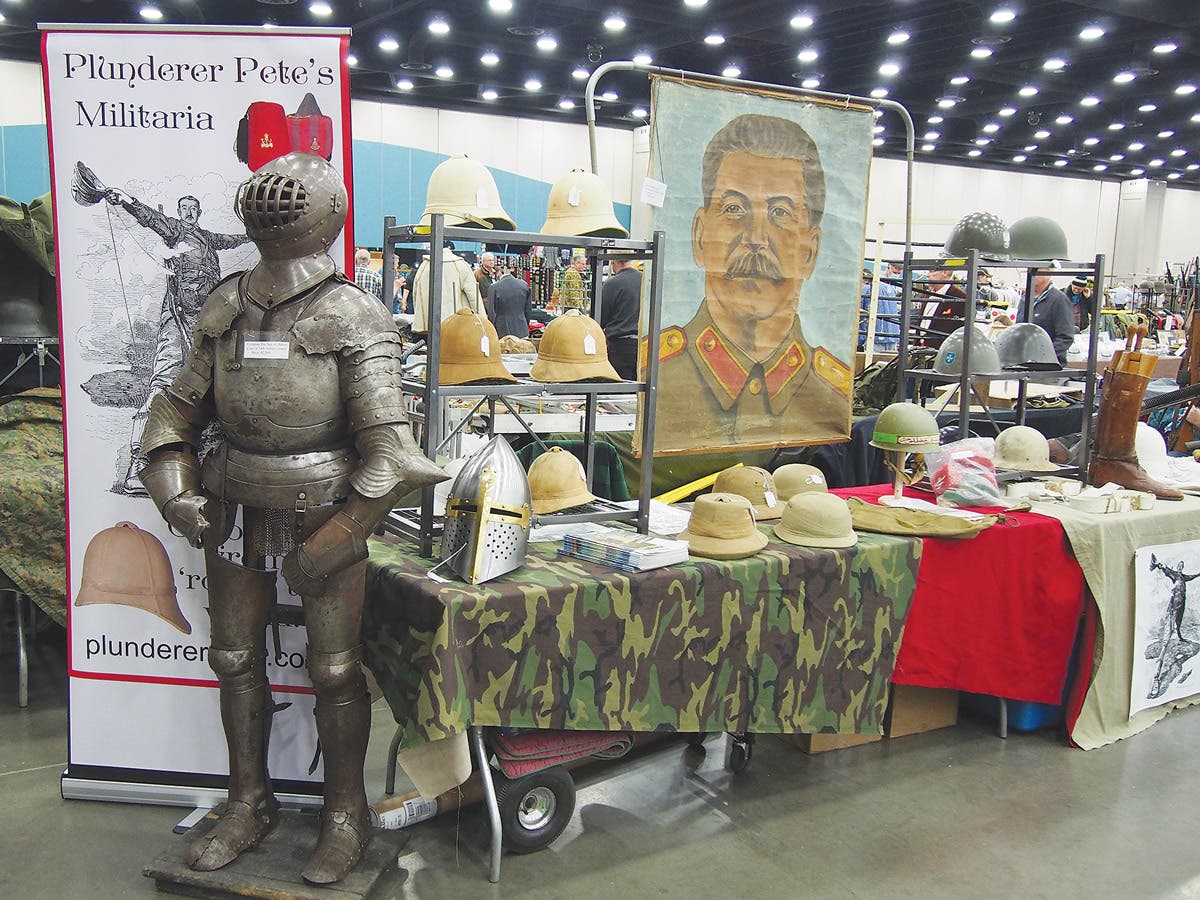The American Civil War, which prevented the permanent seceding of 11 Confederate states from those of the Union, saw some of the deadliest fighting in areas which now make up the eastern and southern United States. Thousands perished from wounds received in combat, or the deadly diseases brought about by harsh and unsanitary living conditions.
Through this time of bitter fighting and deprivation, one group stands out as dramatized in later tales of their reckless charges across the fields of battle. Calvarymen on both the Union and Confederate sides have been held in high regard for their heroics while fighting in the bloodiest battles that had taken place on American soil.
American Calvary came into existence with Congress authorizing the first (Leavenworth, KS) and second (Jefferson) regiments in 1855 in order to have more mounted troops capable of quickly traveling across vast territories following the war with Mexico. These mounted soldiers, who primarily fought on horseback, joined the existing army dragoons, who had been organized in 1833, likewise riding horses into battle, but then dismounting to fight on foot.
Though viewed by American politicians as expensive (one regiment at the time cost in excess of $300,000 to organize — $11,000,000 today), calvary was preferred to mounted infantry. In the latter, 25% of the combatants could not fight, as one soldier was required to hold three other soldiers’ horses in addition to his own whenever the unit stopped for battle. By 1861, the combination of dragoon, calvary and mounted rifle infantry had been formed into five calvary regiments of 1,200 men each, commanded by 176 officers. Of these 176 officers who had been instrumental in turning these green recruits with inadequate equipment into a deadly fighting force, 104 would later side with the Southern cause, giving a distinct advantage to Confederate calvary training and tactics during the first two years of war.
In addition to more qualified leadership, Confederate cavalrymen were known for their greater level of skills as both horsemen and marksmen. These traits were due for two reasons: the love of equestrianism in the South and the poor roads that made horseback riding more prevalent than in the North, and the southern agrarian culture which meant that men would more regularly hunt in order to provide food for their families, giving them more expertise with firearm use in the field.
During the four bloody years that followed, the Union would raise 272 full-time calvary regiments and the Confederacy 137, ranging in size from 800 to 1,200 men each. Besides the actual fighting men in these regiments, troops consisting of blacksmiths, farriers, saddlers, medical stewards, musicians and other support personnel accompanied them in each campaign. In addition, horse-drawn artillery was often attached to a calvary regiment, followed by its own support group of supplies and ammunition.
Both Union and Confederate cavalrymen rode into battle well-armed, with pistols (often carrying two or more), sabers, rifles, carbines or shotguns. Experienced soldiers traveled lightly with little equipment or supplies to increase their mobility and lessen a horse’s load. Union soldiers were provided with one or two government procured mounts, while southern cavalrymen needed to use their own horses, then being paid a monthly stipend to defer the costs.
The most important duty of calvary soldiers was that of reconnaissance. Their invaluable “eyes” kept commanders informed of enemy troop movements, armaments, strengths and places of fortification. Mounted soldiers on patrol were also tasked with destroying rival reconnaissance patrols in order to keep the enemy officers from knowing about their movements. Offensive head-on mounted charges against enemy infantry positions were often fatal and rarely done (as rifled long guns and repeating rifles caused devastation among cavalry troops, and horses often refused to gallop into masses of infantry soldiers). Attacks mostly involved quick, surprise assaults and withdraws, shocking the enemy soldiers with flashing sword blades and blazing pistols. This was done to test their lines for weaknesses to be later exploited by the main infantry forces. Able to be rapidly deployed to cover an army’s flanks or retreats made cavalrymen invaluable to their officers commanding the hectic and ever-changing fields of battle. Screening, the riding of long lines in front of troop movements, provided essential cover to hide soldiers’ activities from the enemy while on the frontline.
As the war raged on, many calvary units began to ride onto the battlefield, dismount and fight on foot, just as the dragoons before them had done. Others were sent on missions that involved long-distance harassment raids, which had little strategic value, but were done to antagonize the enemy soldiers and keep them on edge.
By the time the bloody conflicts hit their midpoint in 1863, the superiority of Confederate calvary began to lessen as experienced men, adequate materials and available horses dwindled. In addition to the lack of southern supplies and manpower, calvary tactics in the Union became more finely honed as increased experience provided the men and their commanders with needed combat skills. Among the first great Union calvary commanders to emerge was Brigadier General John Buford, whose men fought valiantly at Gettysburg, using dragoon methods, screening, reconnaissance and flank protection to help turn the tide of battle.
In 1865, hostilities came to an end, and so did the need for the large calvary formations in the reunited nation. The United States would see a resurgence of calvary use, but on a much smaller scale, during the Spanish-American war, and again during World War I. By then, modern weaponry, vehicles and equipment made horseback calvary an obsolete, yet romantic relic from our nation’s past.
Chris William has been a long-time member of the collecting community, contributor to Military Trader, and author of the book, Third Reich Collectibles: Identification and Price Guide.
"I love to learn new facts about the world wars, and have had the good fortune to know many veterans and collectors over the years."
"Please keep their history alive to pass on to future generations".








